50 Inspiring TED Talks For Teachers
These are the best TED Talks for teachers because they make us laugh, warm our hearts, break down barriers, and inspire us to dig deeper.
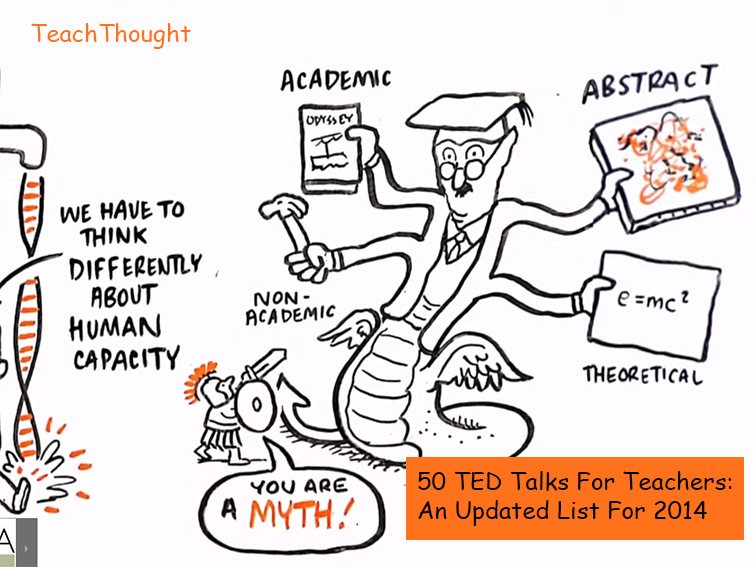
These are the best TED Talks for teachers because they make us laugh, warm our hearts, break down barriers, and inspire us to dig deeper.
The clearer I am about what I am saying and why, the more I may be blind to how unclear, confusing, or unhelpful the lecture is to a novice.
Are Midterms Really Necessary In A Climate Of Assessment? by Dawn Casey-Rowe, Social Studies Teacher It’s time for midterms. I hate midterms. They take up so much time–several days of review, a week of administering, and then all the correcting. To top it off, they place students in a high-anxiety environment. I feel like I’m…

How To Turn Your iPad Into A Document Camera Document cameras are incredibly helpful devices in the classroom. While they seem like a comparatively dated technology in the midst of the smart apps and wearable technology we see today, document cameras remain sturdy, reliable, and useful technology pieces to use in a variety of ways….

One of the best education philosophies is collegiality. Without cooperation, teachers can’t remain vibrant members of a class community.
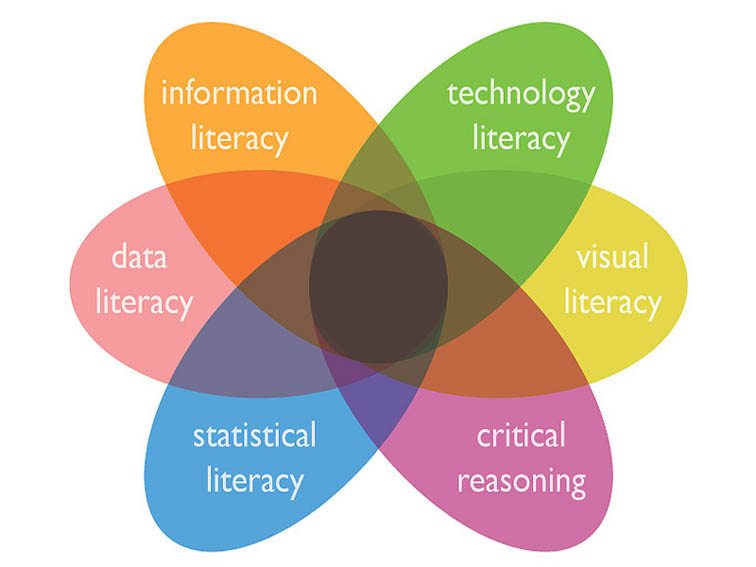
Compared to physical texts, digital resources and online tools provide a broader array of information about words and word meanings.
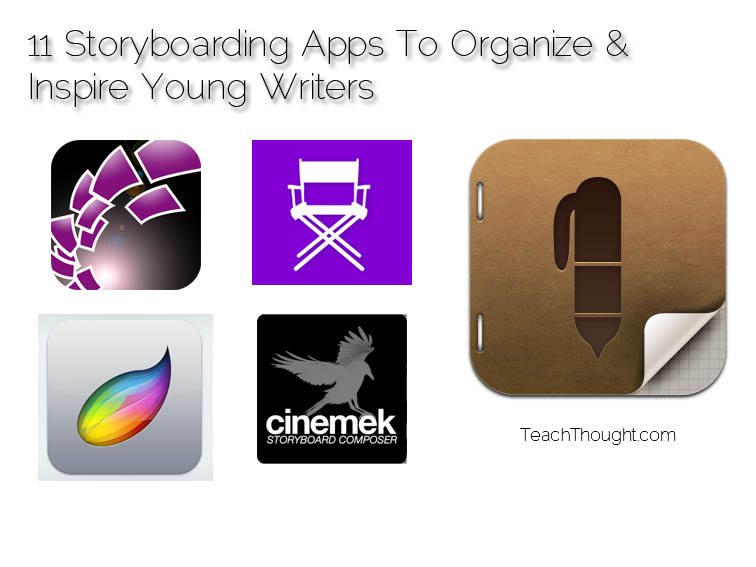
In addition to creating fiction, storyboarding apps can also be used for sharing assignments, capturing research notes, and documenting PBL.

How Automated Tutoring Can Support Transition To The Common Core by Zacc Dukowitz, Learnbop.com As the majority of states in the U.S. transition to the Common Core State Standards (CCSS), so far, test scores have plummeted. While the reality of exactly why is complicated, automated tutoring programs may be able to help, which is why…

The old way to be cool was to be plugged in and always-on. Digital reputation on point. More followers than people you follow. Respond to messages in seconds. The new cool? Total isolation, solitary confinement style. And it can be yours for just over $2000 US. Distraction-free academic interaction: the students, the text, and nothing…

How Good Teachers Decenter Themselves by Grant Wiggins, Ed.D, Authentic Education As teachers we understandably believe that it is the ‘teaching’ that causes learning. But this is too egocentric a formulation. As I said in my previous post, the learner’s attempts to learn causes all learning. The teaching is a stimulus; the attempted learning (or lack of it) is the…
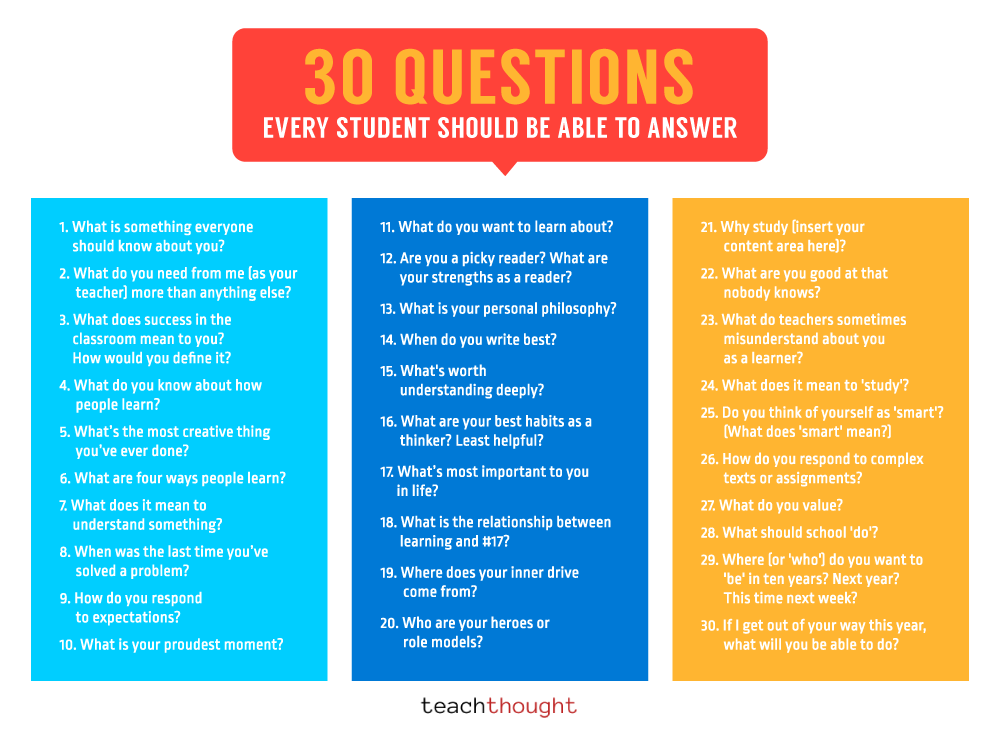
What students should know starts with themselves and moves outwards to a content area. Here are questions students should be able to answer.
12 iOS Astronomy Apps For Learning What better way to encourage STEM learning than by tapping into a child’s fascination with outer space? From the Mars Curiosity Rover to the behavior of water in zero gravity, space exploration has always widened many eyes. 12 Apps for Studying Aerospace, Outer Space, Planets, and Stars Night Sky/…

How Do You Use An iPad To Add Voice Comments To Grading? by TeachThought Staff Offering timely and effective learning feedback is a critical part of the learning process. This is a concept that’d seem to be more accessible than ever with technology, but sometimes technology is two steps forward, one step back. Take for example grading…
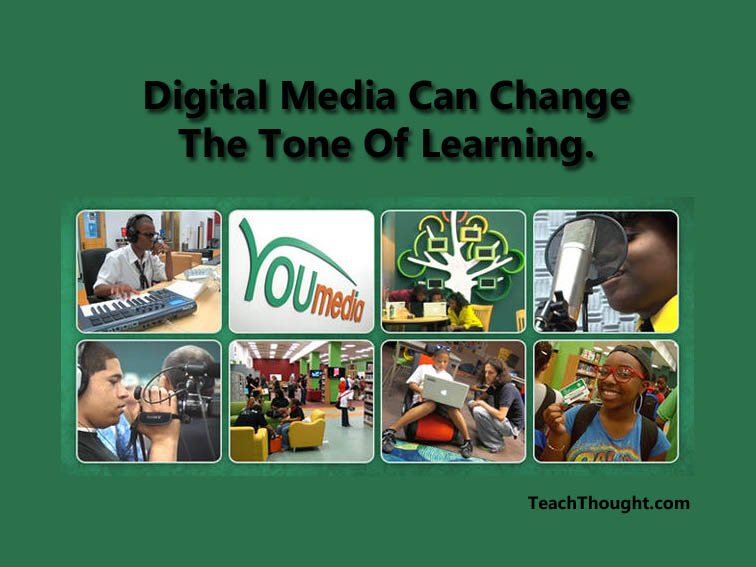
Digital Media Can Change Learning by TeachThought Staff Digital media is really more powerful than we’re giving it credit for. And it already gets a lot of credit. While “social” media gets all the praise, social media is itself digital, with the digital versions of films, music, magazines, images, and other stuff holding inherent characteristics that…